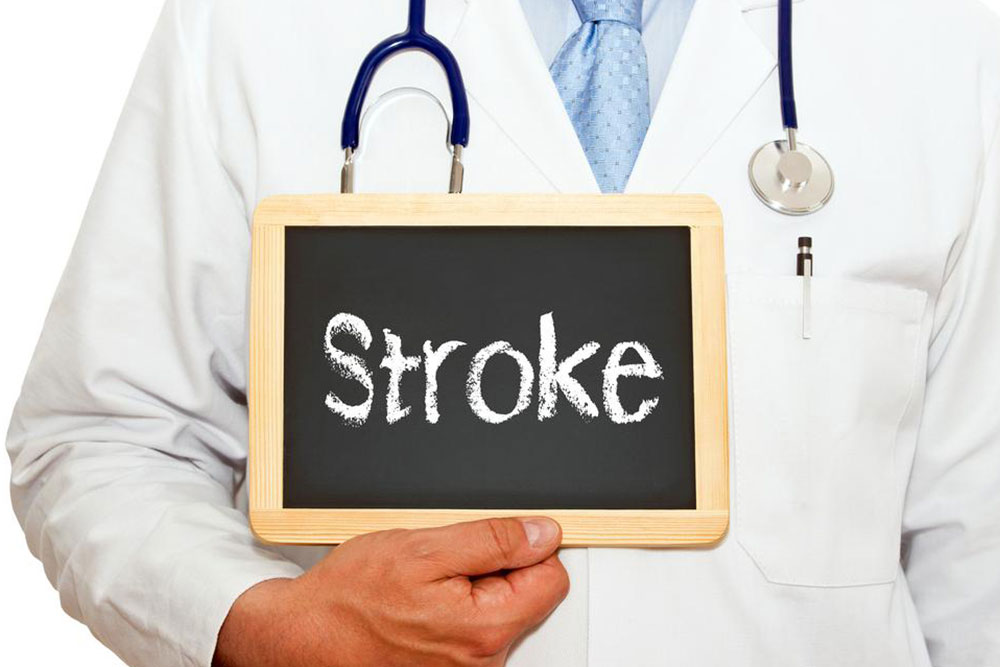Understanding Neurological Conditions and Their Causes
This article explores the diverse causes of neurological disorders, including infections, genetics, and injuries. It highlights common conditions like Parkinson's, Alzheimer's, and migraines, discusses global statistics, and emphasizes early symptom recognition and timely medical intervention for better outcomes.

Understanding Neurological Conditions and Their Causes
Neurological disorders arise from a wide range of factors. These include strokes such as brain hemorrhages, congenital anomalies, genetic predispositions, nutritional deficiencies, injuries, infections, and other health issues. Sometimes, abnormalities in other body systems impact the central nervous system, causing neurological problems. In some cases, the cause remains unknown, classified as idiopathic. Neurological conditions affect the brain, spinal cord, cranial and peripheral nerves, nerve roots, autonomic nervous system, neuromuscular junctions, and muscles. There are approximately 600 recognized disorders, including Parkinson's disease, Alzheimer's, dementias, migraines, and effects of malnutrition.
Special attention is given to neuroinfections, which include bacterial illnesses like tuberculosis and meningitis caused by Neisseria meningitidis. Viruses such as HIV, Enteroviruses, West Nile Virus, and Zika can invade the brain, causing neurological diseases. Parasites like malaria and Chagas, as well as fungi such as Cryptococcus and Aspergillus, can also lead to neurological issues. Sometimes, infections trigger symptoms directly or via immune responses. Infestations like tapeworm larvae (Taenia solium) can cause Neurocysticercosis, commonly found in regions with poor hygiene or pork consumption, but cases are reported worldwide.
Globally, millions suffer from neurological disorders. Annually, about 6 million die from strokes, with most cases in low- and middle-income countries. Dementia affects around 47.5 million people, and epilepsy impacts roughly 50 million. Additionally, approximately 10% of the world population experiences migraines. Symptoms vary depending on the affected body part and disorder type. Notable signs include paralysis, loss of sensation, muscle weakness, seizures, difficulty reading or writing, unexplained pain, reduced alertness, and cognitive decline. Prompt medical attention is crucial if these symptoms appear.










